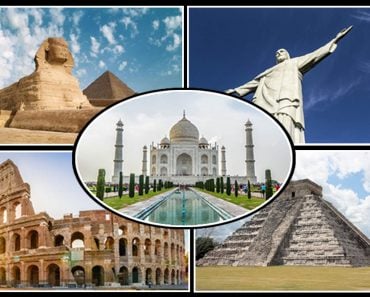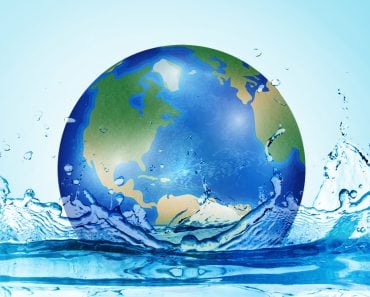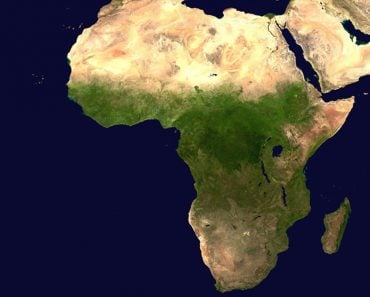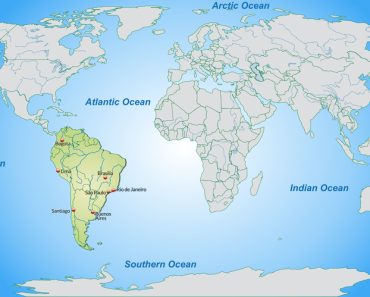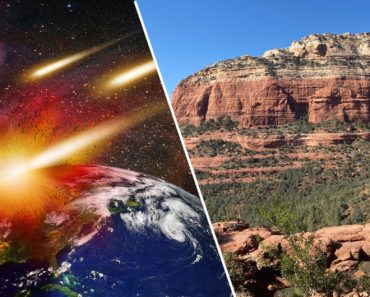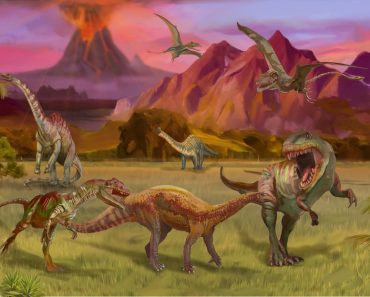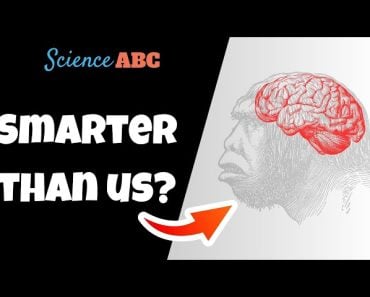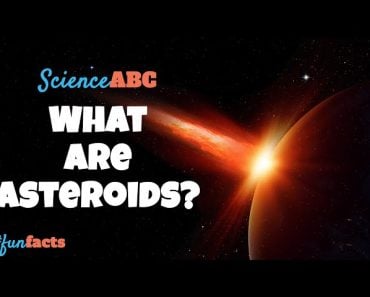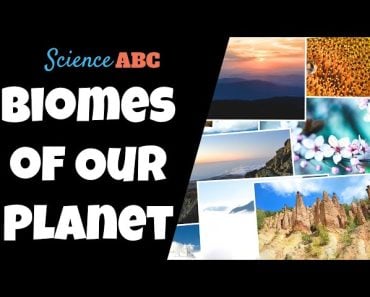Table of Contents (click to expand)
As the continents eventually drifted apart, some creatures that lived in places where the continents separated started to become different from each other. Countless different related species are the result of continental drift.
The first evidence of life on Earth can be seen as far back as 3.7 billion years ago, which is an unimaginable amount of time. However, life has changed a lot since then. Along with changes to living creatures, there have also been changes in how the Earth looks.
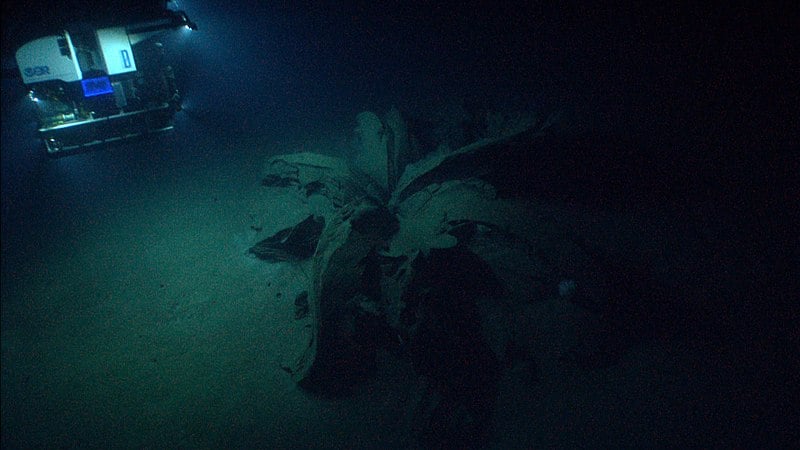
A better way to put it is that there have been changes in living creatures caused by the changes that happened to the Earth.
But what exactly are these changes that affected the planet?
The existence of mountains, the course of rivers, and the width of valleys have all changed and shifted over time, but in this article, we’re talking about even bigger changes. We’re going to talk about changes that gave the Earth its completely new faces over the course of history. We’re going to talk about continental drift!
Recommended Video for you:
Tectonic Plates
Earth may look like one giant block of solid rock, but only some of it is solid and only some of it is rock.
Earth is made of many puzzle-like pieces called tectonic plates. The reason we know about this is because the west coast of Africa and the east coast of South America fit together like puzzle pieces. This is what led Alfred Wegner to first come up with the continental drift theory.
Then Wegner noticed something else that gave even more strength to his theory. Multiple fossils from opposite sides of the Atlantic Ocean showed similarities to one another. The only way this could be possible is if those places had once been joined together.
But how is it possible for a whole continent to move?
Moving Continents
The Earth’s tectonic plates are part of the uppermost layer, called the crust. There are about 15-20 of these plates and they’re made of solid rock. But how does solid rock move around? Well, the crust rests on a layer of molten rock called the mantle, which is almost 3000 kilometers thick. Being that big, it has its own processes.
Radioactive processes take place within the mantle and cause the release of heat. The release of this heat happens unevenly and creates a conventional current. This means that there is a flowing current in the liquid mantle created by different temperatures. This flowing current is what causes the tectonic plates to move. You can read more about that phenomenon here.
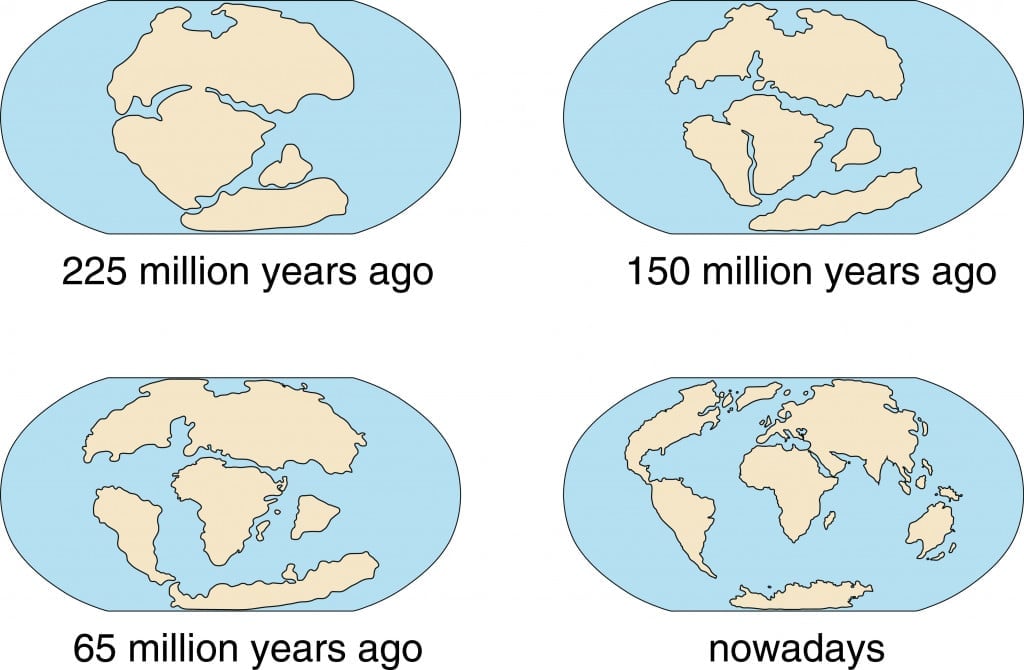
This causes the different plates to move at an average rate of 1.5 cm a year. This may not seem like much, but it makes a huge difference when you think about the age of Earth.
The Effects Of Continental Drift
Continental drift has played a large role in the evolution of life today. It has caused some very unique creatures to evolve from very different ancestors. It has also caused some species from the same place to diverge into many separate species.
Carried Across The Ocean
Have you seen the silly scenes from Ice Age: Continental Drift where Manny, Sid and Diego float on a small piece of land across the ocean? The idea may seem ridiculous, but in the grander scheme of things, it’s actually a comical and satirical depiction of what really happened.
The world once had a single large continent called Pangea. A single ocean, which we now call Panthalassa, surrounded the whole continent. This was around 250 million years ago. Life has existed on Earth for 3.5 billion years, and complex life with large creatures and complex ecosystems has been around for 540 million years. This means that the Earth had lots of wildlife before the continents began drifting apart.
As the continents eventually separated, some creatures that lived in places where the continents broke started to become different from each other.
Marsupials are a great example of different species that formed due to continental drift. Marsupials are pouched mammals, like kangaroos and koalas, but did you know about their famous American cousins, the opossums?
Well, believe it or not, but marsupials originally existed in America. At the time, all the southern continents were a part of one giant landmass called Gondwanaland. Eventually, as Gondwanaland split, the marsupials in Australia evolved to form pouches, while opossums evolved without very evident pouches (they do have tiny flaps, but they’re not nearly as prominent).
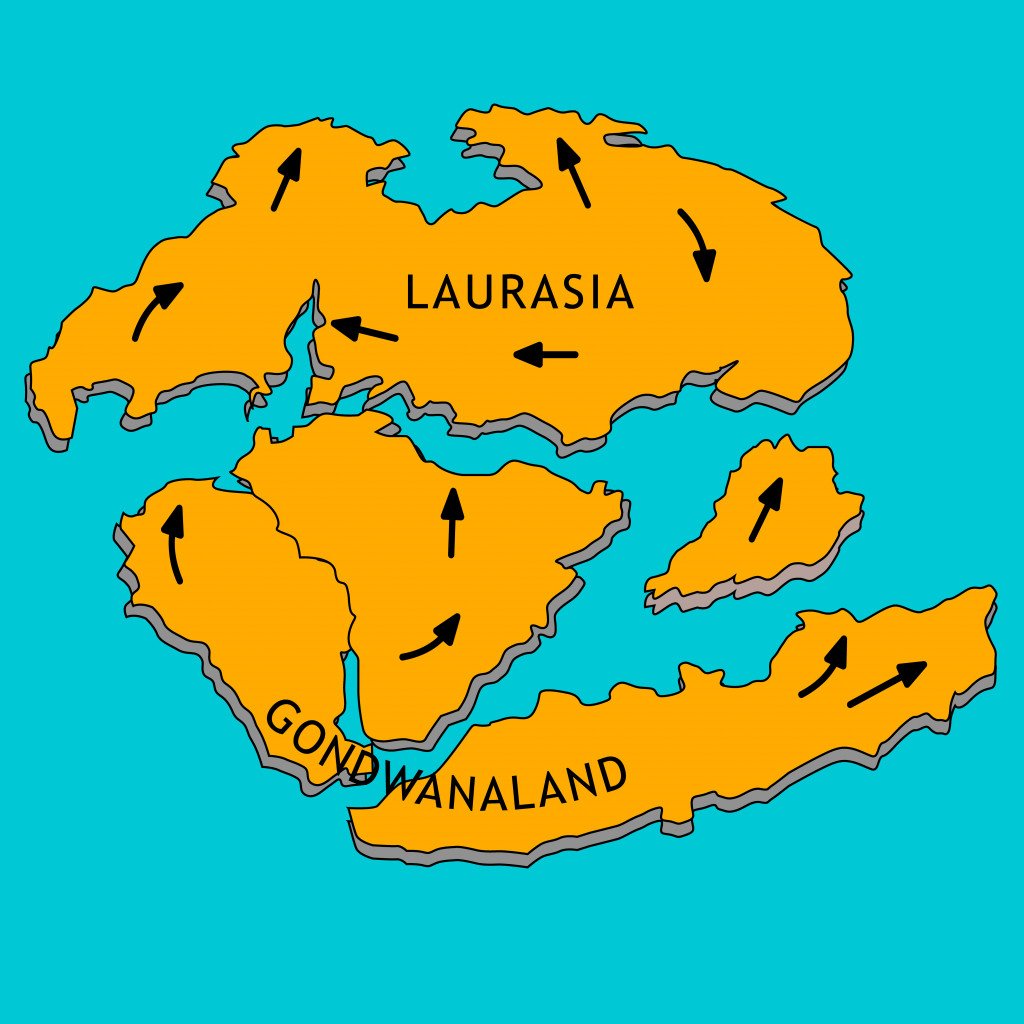
This is just one example. Anteaters on different continents have diverged only because of continental drift. On the flip side, the purple pig-nosed frog, which exists in India, has its closest ancestors in Madagascar, as that’s where it originated from before being carried away on the Indian subcontinent to Asia.
Creating Barriers
During the movement of tectonic plates, land masses did not just drift apart. There are some land masses that also crashed into each other. When these land masses crashed into each other, they formed mountains. An example of this is the ongoing formation and rise of the Himalayas.
When these mountains formed, they created barriers of separation. This means that some members of the same species were separated on either side of the mountain. In a similar way to how species diverge because of being carried away across water bodies, new species are also formed by the formation of mountains. You can read about those types of speciation events in the article here.
Conclusion
Continental drift is an ongoing process. Although we will never see measurable changes from it during our lifetime, it has directly influenced life on Earth today. By studying this process further, we should be able to predict how the face of the Earth will continue to change life on this planet in the future.
References (click to expand)
- Alfred Wegener: Building a Case for Continental Drift. The University of Illinois Urbana-Champaign
- Early Life on Earth – Animal Origins. The Smithsonian Institution
- What is the relation between continental drift and the evolution? How four very different kinds of ant/termite eaters could occur in India, Africa, South America, and Australia? - UCSB Science Line. The University of California, Santa Barbara
- What is a tectonic plate? [This Dynamic Earth, USGS]. The United States Geological Survey
- Introduction to geology : Read, H. H. (Herbert Harold), 1889-1970 : Free Download, Borrow, and Streaming : Internet Archive - archive.org
- What is Tectonic Shift? - NOAA's National Ocean Service. The National Ocean Service
- Plate tectonics and lava lamps - NOAA. The National Oceanic and Atmospheric Administration
- Early Life on Earth – Animal Origins. The Smithsonian Institution
- Biju, S. D., & Bossuyt, F. (2003, October). New frog family from India reveals an ancient biogeographical link with the Seychelles. Nature. Springer Science and Business Media LLC.

